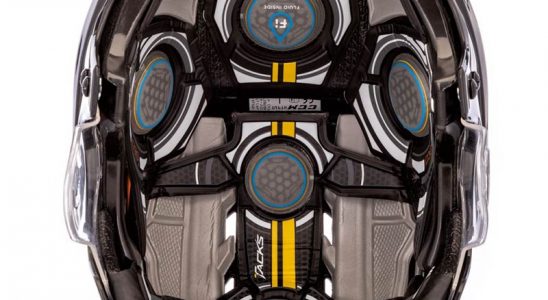Realities and Truth – The Real Story of Soccer Concussions and Heading
Soccer concussions don't come from heading the ball as much as you'd think. Read about soccer concussion myths, facts, prevention,…
Read More
Understanding the difference between the timing of symptom resolution and the resolution of neuroinflammation is crucial in the context of recovering from a concussion.
Understanding that symptom improvement does not necessarily equate to the full resolution of neuroinflammation is crucial. Some individuals may feel better and resume daily activities before the biological processes underlying the concussion are entirely resolved. This discrepancy emphasizes the importance of a gradual return to normal activities, ensuring that the brain has sufficient time to heal and minimizing the risk of symptom recurrence.
Healthcare professionals play a key role in monitoring both symptomatology and the progression of neuroinflammation. Follow-up assessments, imaging studies, and cognitive evaluations help guide the rehabilitation process, ensuring a comprehensive approach to recovery that considers both subjective symptoms and objective measures of brain healing.
Soccer concussions don't come from heading the ball as much as you'd think. Read about soccer concussion myths, facts, prevention,…
Read MoreIn today's fast-paced world, being a young and active woman often means juggling multiple responsibilities, from career ambitions to personal…
Read More
Hockey, a high-energy sport combining skill and strength, has witnessed an increased focus on player safety in recent years. The…
Read More